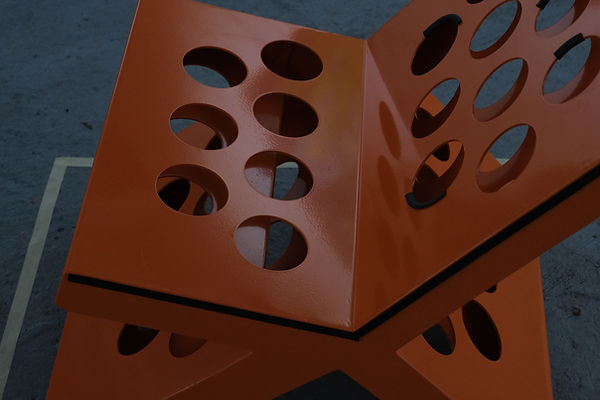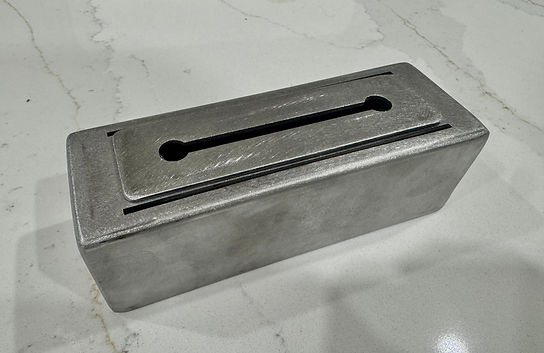top of page
Project Overview
I’ve always enjoyed being hands-on and creating things I love.
Using leftover sheet metal materials, I reverse-engineered and built an artistic chair — turning industrial scraps into something uniquely personal.
CAD Drawing

After Press & Break

After Welding

Art Show Showcase







PROJECT TWO
Reverse Engineering on
“Mini Stove”

Project Overview
Sheet-Metal for the housing + Glass Side Cover
Currently Under Prototype Testing Stage


bottom of page